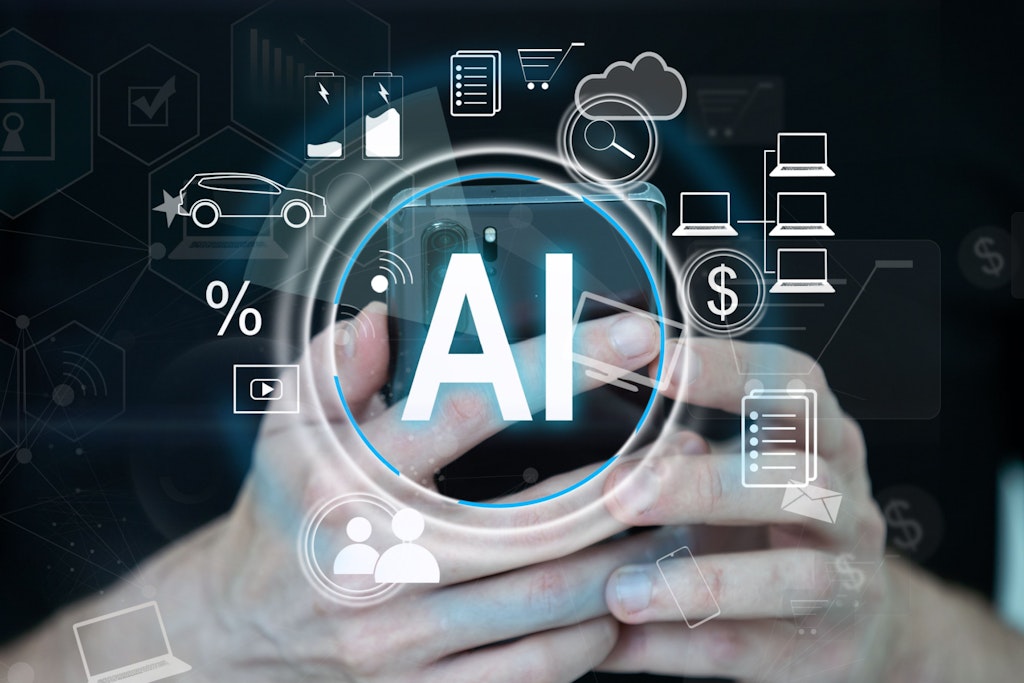What to consider when adopting AI in the workplace
Last updated on 20 September 2023

Aged care providers looking to utilise artificial intelligence tools to streamline certain back-of-house services are being urged to exercise caution and use it ‘correctly’ to avoid becoming dependent on it.
Easily accessible artificial intelligence (AI) tools have already found their way into the aged care sector, with providers such as Villa Maria Catholic Homes (VMCH) using AI to predict resident movement and prevent falls. Other aged care innovators have invested in AI technology to create robots that can hold conversations and engage with residents.
But for providers who may be using AI website chatbots, for content writing, transcription services, video creation or automation, you’re not alone. BrightHR Chief Technology Officer Alastair Brown said there is growth in industries such as finance, marketing, IT and customer service.
“We recently issued a survey asking clients about their AI usage and more than a third reported to be using it. Of that group, the top three functions it was used in were admin (40%), creative writing (35%) and internal communications (22%),” Mr Brown said.
Although AI is a powerful tool, Mr Brown said its rapid rise as an everyday tool means businesses also have to rise to the occasion and take on the challenge of effectively incorporating it.
“My advice would be that if you felt there was a significant benefit, use it, but in moderation as an assistance tool rather than an end-to-end work tool. And don’t forget: mass adoption of widely available AI carries significant risks. It can be useful and beneficial, but there are often pitfalls,” he said.
“It would be easy to become dependent on something like ChatGPT, which would in time erode skills or practice of writing. Use like you would use any research tool by making sure you understand it and adjust where appropriate. Ownership is really important: make sure you always own your work. Use the AI but make sure it’s not using you.”

Safety first
With the explosion of AI-based software, there are some concerns over security and safety – particularly after a recurring string of cyber attacks rocked Australia in 2022. Placing your data and information in the hands of an unknown system is certainly a worry if you haven’t done your research.
So how can you remain one step ahead of AI?
- Research the tools or systems you want to adopt to ensure they are legitimate and secure. Only utilise products from established organisations.
- Talk to your departments about the systems they use. For example, are they using something that could be a cyber threat and is your IT team aware of it?
- Ensure you still have someone proofing AI-written content to ensure it is factual. AI programs such as ChatGPT are prone to producing inaccurate or outdated content and you don’t want to be sharing that publicly via your channels.
- Regularly assess where AI could be used to increase efficiency and productivity. Having someone who monitors the latest AI advancements is also beneficial as they can determine what tools are most relevant to what department.
Mr Brown said it’s also best practice for businesses to produce a strong ‘AI in the workplace’ policy that recognises core factors such as the ethical and legal implications of using AI, employee responsibility plus security and privacy guidelines.
“Additionally, the policy should address the potential impact on job roles and the need for retraining or upskilling. It is also important to establish a process for monitoring and auditing the use of AI systems to ensure they are being used ethically and fairly,” Mr Brown said.
“Lastly, the policy should address any potential biases in the AI systems being used and establish a plan for addressing and mitigating these biases.”